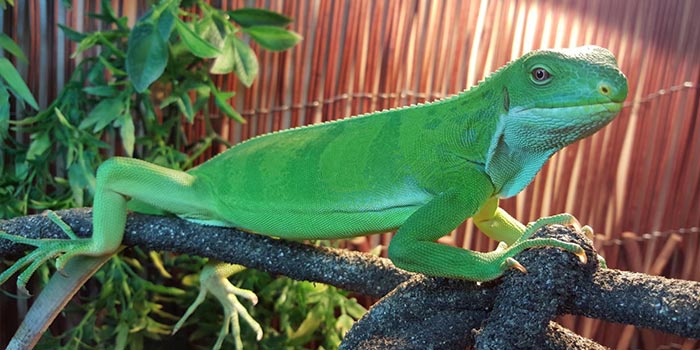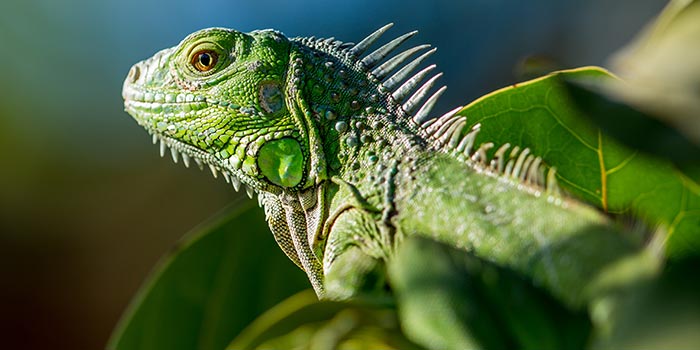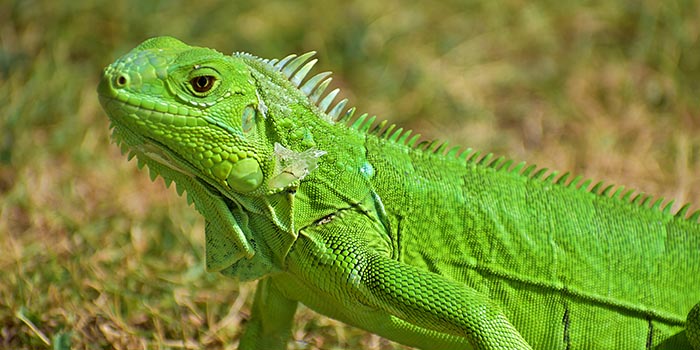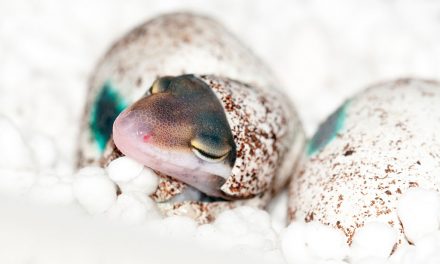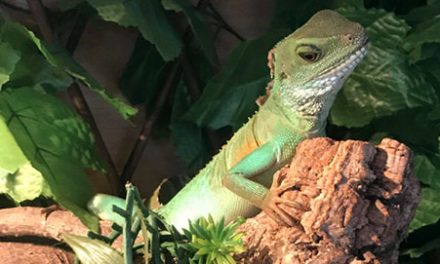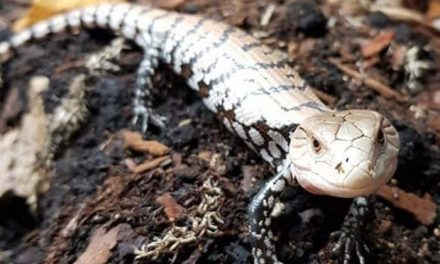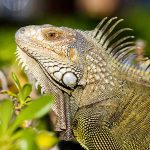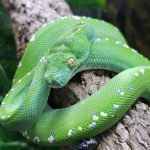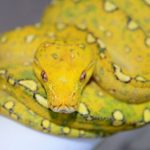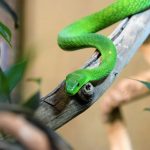Possibly the most beautiful lizard on the planet, with a wide array of different colours and sub-species. Iguanas are such a tempting pet lizard because of this but there are some requirements which is why they are not the most popular kept pet lizard in the world and are currently declining in popularity to other small pet lizards like the bearded dragon, leopard and crested geckos.
We will start with the potential drawbacks first to find if they are right for you.
Space, you are going to need an abundance of space to house an adult iguana, custom built sizes or a complete bedroom may be required as they need the height and length to move around and exercise. A huge lizard that can grow to 7 feet long is going to need a large enclosure to move around.
Taming down some iguanas can be troublesome; baby iguanas need to be handled on a regular basis to get used to human contact from the off. This is completely unnatural to a lizard so is a must while young.
Long living species, an iguana can live to the age of 20 of slightly over, this is a huge commitment and should be thought through carefully before purchasing a pet Iggy.
Now we have these “cons” out the way and you are not put off and have suitable space, they can be one of the most rewarding pet lizards. Once they have been tamed down, iguanas can show affection and have a loving nature.
Taming An Iguana
Taming an iguana is a process that depends on the individual personality of the lizard, but starting early with handling is key to nurturing a friendly and docile pet iguana. Iguanas are known to be swift when they are under one year old, but their speed slows considerably as they mature, particularly after reaching 5+ years of age when they tend to become more lethargic.
If you’ve recently acquired an iguana, it’s essential to allow them at least a two-week adjustment period in their new environment, during which they can become acclimated and comfortable. This also includes avoiding prolonged eye contact, as iguanas have excellent eyesight and can become stressed if they feel they are being constantly watched without an escape route.
Once the settling-in period has passed, begin handling your iguana once a week for around 10 to 20 minutes, depending on their response to handling. If they seem irritated or uncomfortable, gently return them to their enclosure.
Gradually increase the frequency and duration of handling each month, adjusting to the comfort levels of both you and your pet lizard.
If you have a male iguana, it’s essential to be cautious and attentive to warning signs such as puffing up and head bobbing. These behaviors indicate territoriality, especially during the breeding season, and it’s advisable to refrain from handling during such periods.
Iguana Tail-Whipping
If an iguana does not fancy coming out their vivarium and want to be left alone, they will occasionally warn with a whip of the tail. When under 3 years old, this is only likely to cause bruising, but adults are so powerful they can break a human bone with a tail whip.
Please note, tail whipping only happens rarely and is a signal that they do not want to be picked up or messed with. There are many reasons this might happen and sometimes is your pet iguana is just having a bad day.
What you will need to keep a pet iguana
- Vivarium
- Food & Water
- Thermostats and thermometers
- Heating Equipment
- Humidity increasing equipment
- Bedding
Vivarium
A baby iguana will only need a small vivarium to begin with, 2-3ft would house a baby for around 6 – 12 months dependant on growth rate. Their housing will need to be increased yearly unless going straight a large size. Keepers have been known to go through 5 – 10 vivarium size increases as their pet grows.
This can add up to serious amounts of money just on housing, but as a rule of thumb, you pet lizard must be able to walk across their housing space and have more than enough room to completely stretch out (including their tail).
Iguanas love to climb and sped most of their time on branches basking or climbing around. An adult vivarium is best when it is as tall as the room, so around 7-10ft high. Floor to ceiling if you are unsure is ideal.
Heating The Enclosure
Firstly, UVB lighting is required 12 hours a day, this can be set on a thermostat timer to do it automatically, this will also help to increase the temperatures within the vivarium, due to the enormous size it will be needed. When basking on a branch this should reach temps of up to 115 degrees.
Secondly, you will need a heat-bulb such as a mercury vapor bulbs or infra-red to create a basking area of 95 degrees F. Using thermometers around their enclosure to monitor that in no place does the temp drop below 75 degrees.
What Do Iguanas Eat
Mostly iguanas live of fresh leafy greens in the wild, but they need other foods to ensure a good balance of nutrients. We will have created a full list of what a pet iguanas’ diet could be.
- Dandelion
- Alfalfa
- Plantain
- Nettles
- Birch leaf
- Ribwort
- Bittercress
- Clover
- Mallow
- Hedge-mustard
- Pansy
- Hibiscus
- Rose
- Nasturtium
- Dahlia
- Viola
- Lilac
- Fuchsia
- Marigold
- Snapdragon
- Apple blossom
- Lavender
- Chrysanthemum
- Optunia
- Carrot
- Bell Pepper
- Marrow
- Cucumber
- Beech leaf
- Hazel leaf
- Hawkbit
- Chickweed
- Sowthistle
- Bindweed
- Spring Greens
- Florette mix
- Lambs lettuce
- Watercress
- Pak choi
- Basil
- Mint
- Oregano
- Rosemary
- Sage
- Berries
- Mango
- Papaya
- Mellon
- Fig
- Wild rocket
- Pumpkin
- Parsnip
- Sweet potato
Do not feed too much of:
- kale
- Lettuce
- Spinach
If you plan on feeding a mostly green diet, ensure you have calcium powder to add once a week, simply sprinkle the given food with the powder and ensure that most of the meal has been eaten, calcium will maintain an iguana’s healthy bones.
Iguana lifespan & growth rate
Iguana lifespan and growth rate are fascinating aspects of these unique reptiles. Many iguanas end up in rescue centers in the UK because owners often underestimate the sheer size these lizards can attain. An average man stands at about 6 feet tall, which is approximately the same length as an average iguana, including its tail. Iguanas experience rapid growth within their first three years, but their growth rate significantly slows down afterward.
In terms of lifespan, iguanas in the wild typically have a shorter lifespan than those in captivity. This is partly due to the increased risk of untreated infections resulting from injuries in the wild. In their natural habitat, iguanas tend to live for an average of 8 to 12 years. However, when kept in captivity, they can enjoy a longer life, typically spanning 12 to 15 years. Regardless of their environment, iguanas are considered long-lived creatures, but their lifespan is comparatively shorter when compared to other reptile species.
Considering an iguana as a pet?
If you an experienced lizard keeper with good knowledge on what it is like to own a pet lizard, an iguana may be the right pet for you.
First time pet iguanas 90% of the time is a bad idea, the size, power, space and attention they need is overwhelming for new owners. We would recommend if you are looking to get experience looking after lizards before progressing, try adopting or being a temporary home for an unwanted gecko or Chinese water dragon.
Chinese water dragons are better starter lizards and are basically just a mini iguana to some degree, you will love the experience and they do not occupy a full room.
Iguana Facts
- They live upwards of 20 years old; it is a large age but compared to other reptiles they are short-lived.
- They not the best hugger, iguanas have huge claws and will regular give you accidental cuts on while handling, some pet Iggy’s will not want to be handled at all and will do everything to get away from you.
- Just like geckos, iguanas can drop their tail if threatened, their original tail is stunning compared to a re-grown one.


